Protecting Your Valuables: Understanding Personal Property Insurance on a Homeowner Insurance Policy
Home is where the heart is, and it's also where many of your most treasured possessions reside. From jewelry and electronics to furniture and clothing, your personal property holds both sentimental and financial value. That's where personal property insurance on a homeowner insurance policy comes into play. In this blog, we'll explore what personal property insurance is, how it works, and why it's an essential component of your home insurance coverage.
What is Personal Property Insurance?
Personal property insurance, often referred to as contents coverage or personal belongings coverage, is a component of homeowner insurance that provides financial protection for your personal possessions in the event they are damaged, destroyed, or stolen. It's designed to help you recover the value of your belongings if they are lost due to covered perils.
How Does Personal Property Insurance Work?
Personal property insurance works by reimbursing you for the loss or damage of your personal belongings. Here's how it operates:
- Coverage Limit: Your homeowner insurance policy will specify a coverage limit for personal property. This limit represents the maximum amount the insurance company will pay to replace or repair your belongings.
- Covered Perils: Personal property insurance typically covers a wide range of perils, including fire, theft, vandalism, windstorms, and more. However, it's essential to review your policy to understand which specific perils are covered and which are excluded.
- Actual Cash Value vs. Replacement Cost: When you make a claim, the insurance company will reimburse you based on either the actual cash value (ACV) or replacement cost value (RCV) of your belongings. ACV takes depreciation into account, meaning you'll receive a payout based on the item's current market value. RCV, on the other hand, provides funds to replace the item with a new one of similar kind and quality, without accounting for depreciation.
- Deductible: Like other insurance types, personal property coverage often comes with a deductible. This is the amount you'll need to pay out of pocket before your insurance coverage kicks in. For instance, if your deductible is $500 and you have a $1,000 claim, you'll receive $500 from your insurance company.
Why Is Personal Property Insurance Important?
- Asset Protection: Personal property insurance protects your valuable belongings from financial loss due to unexpected events like fires, theft, or natural disasters.
- Peace of Mind: Knowing that your personal possessions are covered can offer peace of mind. You won't have to bear the full financial burden of replacing items that are damaged or stolen.
- Comprehensive Coverage: While homeowners insurance covers your dwelling and liability, personal property insurance extends your protection to your belongings, providing comprehensive coverage for both your home and its contents.
- Customized Coverage: You have the flexibility to customize your personal property insurance to ensure that high-value items like jewelry, electronics, or collectibles are adequately covered.
- Savings: Without personal property insurance, replacing stolen or damaged items can be costly. Insurance can significantly reduce the financial impact of such incidents.
- Temporary Housing: In case your home becomes uninhabitable due to a covered peril, personal property insurance may also cover the cost of temporary housing or accommodations.
Conclusion
Personal property insurance is an invaluable part of your homeowner insurance policy, protecting your personal belongings from unexpected events that can lead to financial loss. By understanding how it works, reviewing your coverage limits, and regularly updating your policy to reflect changes in your possessions, you can ensure that your treasured items remain safeguarded, giving you peace of mind in the place you call home.

